Although it’s great when it happens, photojournalism isn’t always about the best composition, the best technical detail, or an appealing subject. Photojournalism is about truth, and telling a story in photos, whether that story is delightful or disturbing. Vatsala Devi talks to Jimin Lai to find out the grim reality behind the allure of photojournalism.
1. Walking to the city near the Paghman mountain, Afghanistan.
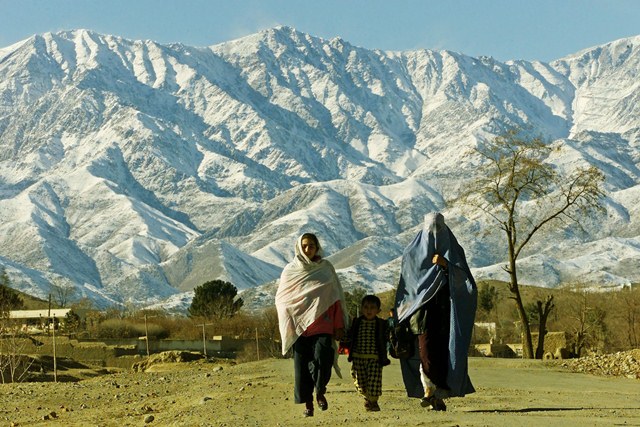
2. Traveller on the Salang Pass, along the Hindu-Kush Mountains, Afghanistan.
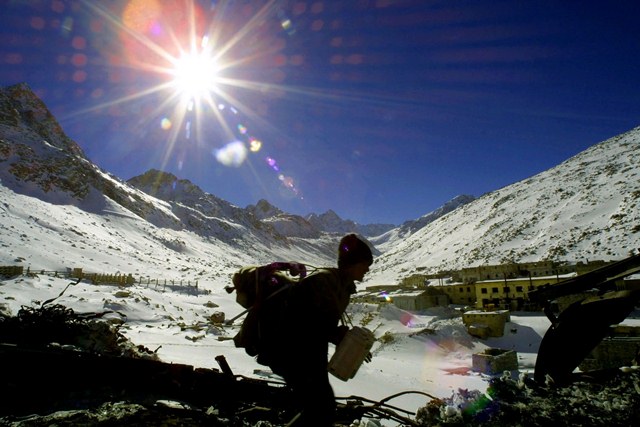
3. Brick-making factory in Afghanistan.

4. A little stream in Panjshir Valley, Afghanistan.
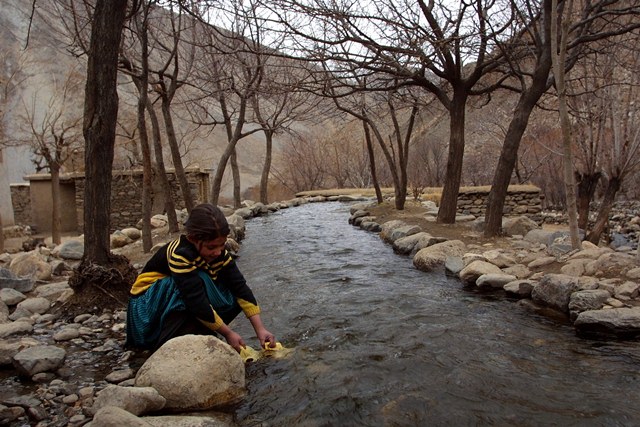
5. Women hiding their faces in Afghanistan.
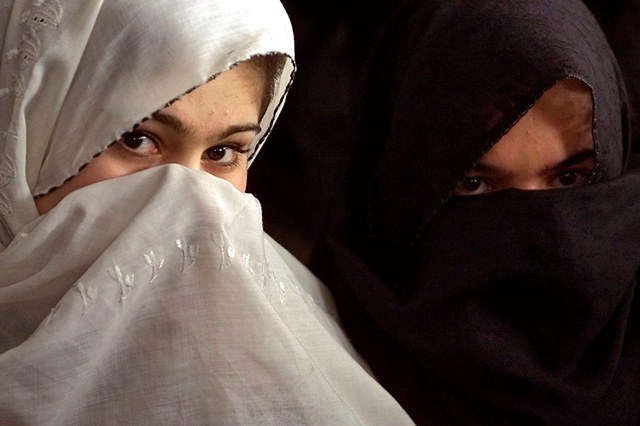
6. Northern Alliance soldier guards a checkpoint in Bagram, Afghanistan.
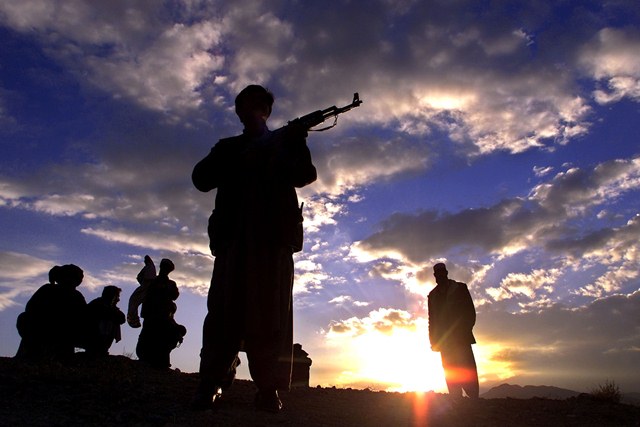
7. During the Australian Open Tennis match.

8. Tun Dr. Mahathir bin Mohamad, Malaysia’s fourth prime minister.
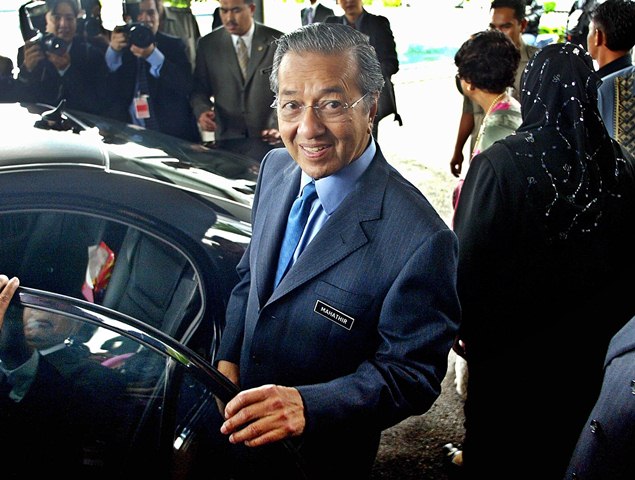
9. Petronas Twin Towers in Kuala Lumpur.
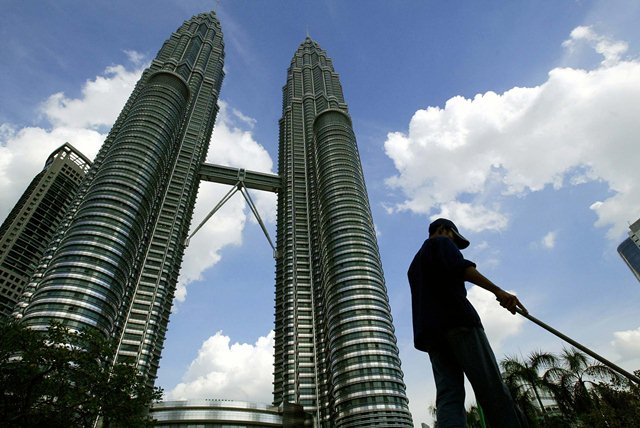
10. Woman walking past a billboard.
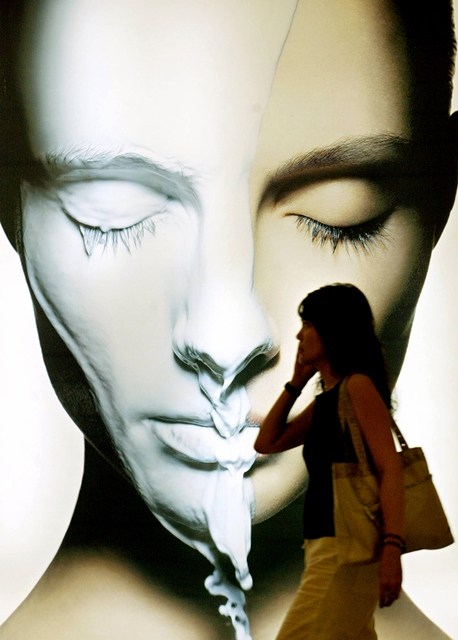
About the Photographer
At the mention of photojournalism, what comes to my mind is a scene of men jostling one another, vying for the best spot to capture images that might make the front page of national newspapers. If from afar it looks like an easy job to stand around and capture images, I revised my opinion after talking with Jimin Lai – photojournalism isn’t as rosy as it looks. Photojournalism is not just about taking newsworthy pictures but it means plunging into the thick of the action and taking images that will convey the reality of what is happening in one shot.
Photojournalism is a unique and powerful form of visual storytelling that works on multiple levels, from covering breaking news and wars to forming visual narratives and feature stories with a seriousness and perspective that few other mediums can achieve. Unlike a journalist, who tells stories, and a photographer who takes pictures of people, places, and things, a photojournalist like Jimin Lai takes the best of both worlds and locks it into of the the most powerful channel available – still images. Done right, photojournalism can convey volumes of information, a sublime moment in time.
Jimin Lai has an eye for capturing images that trigger emotional reactions from his audience, and this is the attribute that has catapulted the photojournalist’s career to greater heights. “I was passionate about photography at the age of 12.While boys my age were busy discovering the joy of adolescence, I was engrossed in photography magazines particularly LIFE, and National Geographic,” he said with a nostalgic smile. Jimin explained that in the 1980s, LIFE was the first all-photographic American news magazine, one that dominated the market for more than 40 years and the magazine’s role in the history of photojournalism is considered its most important contribution to publishing. “The magazine’s layout was double-page spread pictures accompanied by short captions, and these pictures were all taken by famous photojournalists of that time. These pictures weren’t choreographed, but were taken in the moment. I was awed and moved by the potent, raw power of the visuals laid out before me and that was when I truly knew I, too, wanted to take pictures that affected my audience in the same manner,” he said with a glint in his eye.
Laying The Foundation
To have big ambitions at a young age is normal but to persevere, focus, and relentlessly work towards realising that ambition is what made Jimin a success story. “Inspired by the photographs I’d seen in the magazines, I wanted to see if I had a knack for photography, so when my dad asked me what I wanted for my 12th birthday, I asked for a camera. He got me a Ricoh point-and-shoot camera, and some of the first shots I took were around my neighbourhood – the trees, the park, everything that came into view,” said the 40-year-old.
By the time Jimin was 17, he had firmly made up his mind that he wanted to become a photojournalist, and it was during one of the car rides with his father that the conversation most teens dread took place. “My dad was driving me to school when he casually asked me what I wanted to do after SPM.When I told him I wanted to become a photographer, he wasn’t too happy with my career choice. He told me that there was no money to be made in that field. Honestly, I was disappointed he wasn’t supportive of my choice, but I was also spurred on by his comment: I wanted to prove him wrong – to show him that if I became good at photojournalism, I could carve a name for myself, and the money would eventually follow suit. And with hard work, discipline, luck, and blessings, I have managed to achieve what I set out to do,” said Jimin.
Jimin was one and a half years into his Mass Communication course in Stamford College when he decided to quit college and pursue his ambition of becoming a photojournalist. “When I was in college, I freelanced for a company, working on their in-house magazine, and within a few months, I was offered a full-time position with the company. I decided to accept the offer and build my portfolio before joining Malaysia’s leading English daily, The Star. “I joined The Star in 1994 and was with the publication for one and a half years before I was head-hunted by Reuters. I joined Reuters as a stringer, but quit after a year because I felt I was inexperienced and rather too young – I was only 22 – to shoulder the responsibility that came with working at Reuters, and re-joined The Star. Even today, I feel that The Star was an excellent training ground for me because it moulded me to become a substantial and well-rounded photojournalist. I was taught to emotionally detach myself from the event unfolding in front of me and to focus on shooting images that matter.”
A Pivotal Event
Jimin, who is a self-taught photographer, stayed with The Star until 1999, before moving on to AFP, where he worked until 2005.While he was flourishing as a photojournalist, the great Indian Ocean Tsunami of 2004 put paid to his career, largely because Jimin couldn’t come to terms with the devastation and death he witnessed in the aftermath of that catastrophe. “In my 10 years as a photojournalist, I had taken pictures of conflicts, tragedies, and I’d also spent three months in Pakistan and Afghanistan, documenting the struggles of the Afghan people during the war on terrorism, but nothing could have prepared me for the sight that greeted me when I got to Sri Lanka. As the pilot was getting ready to airdrop me, I saw boats and ships on land, trains derailed, trees uprooted, and flattened lands as far as the eye could see,” recalled Jimin with sadness.
“As a seasoned photojournalist, I know that whatever the situation might be, I have to get into the thick of action and capture newsworthy images that will summarize the events taking place at that time, but I was overwhelmed by the enormity of the catastrophe to the point I didn’t know what to do. I was affected emotionally,” he said wincing at the recollection. Describing one particularly heart-wrenching scenario during the days after the tsunami, he said when the citizens were recovering bodies from affected sites there was total silence as they went about picking up the pieces. “They were all shell-shocked and stunned by the scope and scale of loss and were trying their best to regain some semblance of normalcy. There were no conversations, no crying… just the patters of footsteps working through the devastation. How do you capture that in stills? There was just no way to convey the pain and loss the victims of the tsunami experienced, and that was my last assignment as a photojournalist,” reflected Jimin solemnly.
For Jimin, the fortnight he spent in Sri Lanka was the longest for him, and he suffered from nightmares for a time after leaving the disaster-stricken country. “Immediately after Sri Lanka, I was whisked off to Australia for the Australian Open Tennis and I couldn’t help but compare the stark difference between the two realities.There I was in Australia with all the trimmings and comforts of life, while the Sri Lankans, and millions of others, were suffering and mourning for the lives lost. It was then I felt that I couldn’t carry on as a photojournalist any longer,” he explained. “To the outside world, life as a photojournalist may seem glamorous, but it is not always so. There is only so much pain, sadness, and devastation one can witness, and it is doubly hard if there is no family support or love to come back to,” he pointed out.
Coming Full Circle
During his heyday as a photojournalist, Jimin photographed historical events in East Timor, Australia, the Philippines, Thailand, Brunei, Hong Kong, Singapore, South Korea, Afghanistan, and Pakistan. His assignments included a wide range of topics including aftermath of wars and conflicts, riots and demonstrations, kidnappings, politics, sports, and daily life. It was all not sadness in Jimin’s life, of course, as he also covered six Formula One races, three Australian Open Tennis tournaments, the 2002 FIFA FootballWorld Cup, the 1998 Commonwealth Games, SEA Games, Moto GPs, and many other sports events including golf, badminton, hockey, table tennis, and rugby. His work has been published in a number of major publications throughout the world including TIME magazine, Asiaweek, Newsweek, Business Times, The International Herald Tribune, The New York Times, USA
Today, The London Times, The Star, New Straits Times, and The Sun. Today Jimin’s career has taken a 180-degree change and he has moved on from photojournalism to commercial photography. “When I resigned as a photojournalist, I couldn’t put down my camera, as my entire adult life was centred on photography.With the media life behind me, I ventured into an uncharted path of bringing Google Street View to the interiors of local establishments.”Though his career may have taken a 180-degree turn, Jimin went with the full 360 for the name of his new enterprise. “My company, 360 Dynamics, is in the business of creating unique cutting-edge photographic media,” he explained. Jimin, who is a perfectionist and a driven individual, said that he wanted to venture into a new field because most commercial photographers in the country are into the wedding photography industry, which seems to be saturated with photographers of varying qualities. “Through 360 Dynamics, I want to push the boundaries and test the limits of the photography industry in the country,” Jimin said, a man who may have taken his talent from one industry to another, but one who holds his camera just as firmly and steadily as ever.
Source: Senses of Malaysia September/October 2014
Read more:
- A Malaysian Photographer with an Eye for the People
- 8 Amazing Photographs Snapped by a Malaysian Photographer
- Tales of the Unexpected From a Malaysian Photographer
What are your thoughts on this article? Let us know by commenting below. No registration needed.
"ExpatGo welcomes and encourages comments, input, and divergent opinions. However, we kindly request that you use suitable language in your comments, and refrain from any sort of personal attack, hate speech, or disparaging rhetoric. Comments not in line with this are subject to removal from the site. "




















